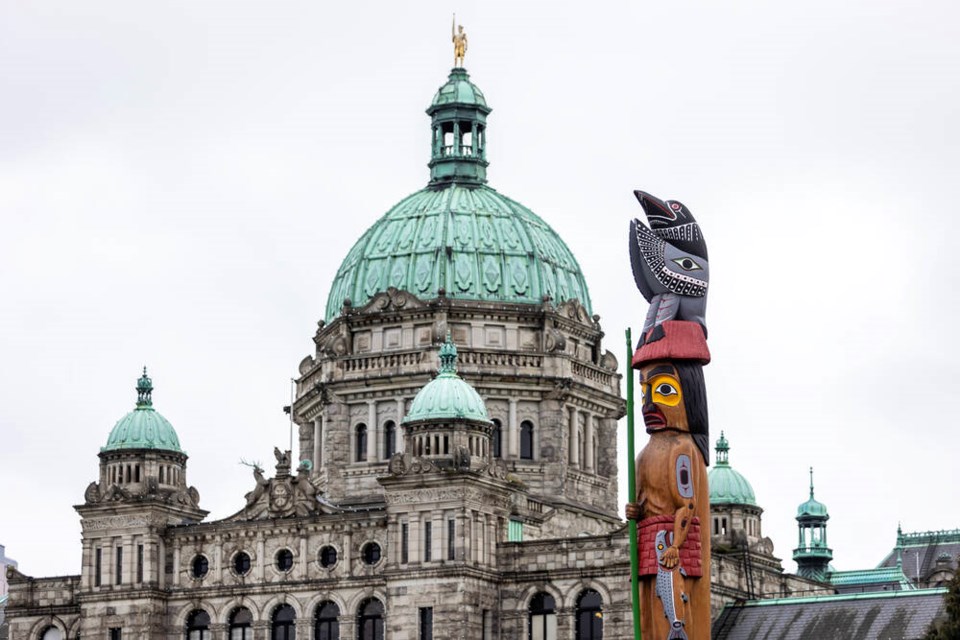Even with a historic deficit looming, the NDP government has discovered there’s enough money lying around to bestow two one-time-only direct gifts to voters.
sa国际传媒 Hydro is being ordered to knock a few bucks off its bills for a year starting this April. Also, there’s a 25 per cent boost to the monthly lower-income family benefit for the year starting in June.
By a miraculous fluke of cosmic timing, the stars aligned so the two goodies will materialize in what happens to be an election year.
More realistically, it’s a calculated decision that — debt be damned — it’s time for the NDP to take voter friendliness to the next level.
It’s more than new programs and compassion this time. It’s cash on the kitchen table. One year of credits on every sa国际传媒 Hydro bill amounts to an average of $100. Twelve months of direct deposit bonuses into 340,000 lower-income families’ bank accounts is an average of $445.
Budgets are always three-year plans. It says “three year fiscal plan” at the top of each page. And government measures are usually considered at least semi-permanent.
So one-time handouts are relatively unusual (not counting the pandemic years).
Good luck to whoever is running things in 2025 when it comes time to cancel the benefits. sa国际传媒 Liberals granted a three-year tax break years ago and were savaged by the NDP for “raising taxes” when it came to a close.
There was no particular rationale for the temporary care packages — other than helping with affordability — because none was needed. The linkage to the election could not be more clear.
The obvious political inspiration won’t bother anyone in the slightest. The prevailing public reaction will be: “You had me at ‘electricity affordability credit.’ ”
Same goes for most the rest of the budget. British Columbians get shorted on carbon tax credits compared to the ones people in other provinces get under the federal carbon tax. So sa国际传媒’s credits are being extended. More small businesses will get a break from the employer health tax.
The only new tax is aimed at people who are generally reviled — real estate flippers.
The only major complaint is that the whole munificent, people-friendly “we’ve got your back” game plan is built on the biggest deficit in history.
It will get added to an accumulated debt load that is heading into the stratosphere over the next three years, from $104 billion to $165 billion by 2027.
Finance Minister Katrine Conroy tried to portray the current deficit as being under control, since it has ticked down slightly from last year’s projection.
But the three-year plan in 2022 calculated that sa国际传媒 would be posting a $3 billion deficit on this day in 2024. Instead, it’s $8 billion.
Deficits are going up, not down, and they are adding to debt that is going up faster than ever before.
But three-year plans don’t matter at this point. The eight-month plan to get to voting day in October is all that matters.
Just So You Know: One sleeper item in the budget shows more long-range thinking than is obvious elsewhere.
A token payment of $10 million is creating a special account that bears watching in the years ahead.
It’s the inaugural balance in a First Nations equity financing account that could grow into a significant fund to fuel major First Nations buy-in on new developments around sa国际传媒
That’s already happening, as companies increasingly look to partner up with First Nations on new projects. The fund is designed to accelerate that trend, alongside a similar federal program in the works.
It will be wide open to applications across the full range of sectors. Legislation will give the Treasury Board authority to pour whatever money is needed into the fund, and expedite applications for loan guarantees.
The plan is to boost the account by perhaps $200 million a year over five years to the point where a maximum of $1 billion will be put down to backstop loans for First Nations interested in partnering on all manner of development projects.
It was unveiled, coincidentally, one day after the government abandoned land-use law changes that would have brought Indigenous authorities fully into key land use decisions on Crown land. A furor erupted after the consultation process was botched.
The equity fund might repair some of the damage that affair caused to the provincial government-First Nations relationship.
>>> To comment on this article, write a letter to the editor: [email protected]



